2023 will be a major turning point for automobiles going global.
In this year, China's automobile export volume surpassed Japan for the first time, becoming the world's largest automobile exporting country. The last line of defense in the Japanese economy, the Maginot Line, has been completely breached.
It was also in this year that China's automobile parts exports were surpassed by whole vehicles for the first time. At the same time, with the booming trend of "whole vehicle going global", "industrial chain going global" has also become a hot topic in the industry, and Chinese components are shining overseas, gradually reshaping the global supply chain.
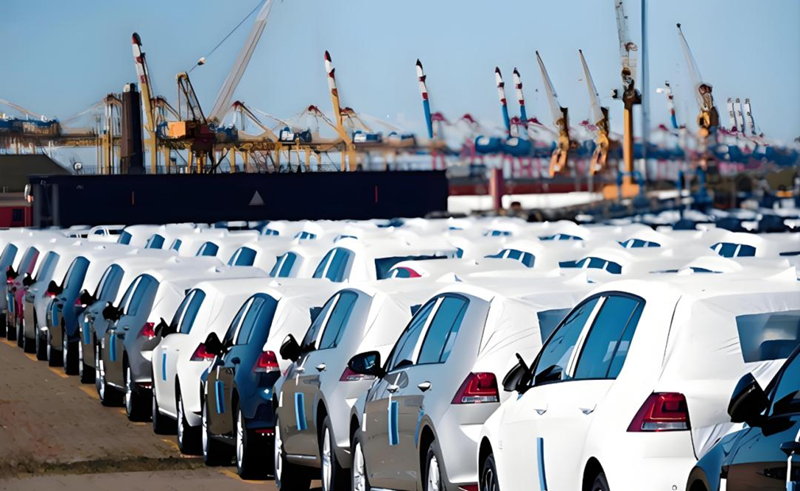
The strength of component suppliers determines the foundation of vehicle performance.
After the 1990s, China's automobile parts procurement shifted from international to domestic, and domestic parts experienced a leapfrog development. Until 2009, China's automobile sales became the world's number one for the first time, and the leading components with market advantages in China went abroad to gradually explore and develop overseas factories.
Over the past many years, there has been a significant gap between China's component manufacturing and the world's advanced level. On a global scale, we have played the role of a low-cost target country, and countries with mature industrial chains such as Europe, America, and Japan are interested in the low prices of China's component supply.
When China becomes the world's largest automobile market, independent brands rise and new forces in car manufacturing emerge. With a large market capacity and faster development speed, component manufacturers have also established their own technological and quality moats.
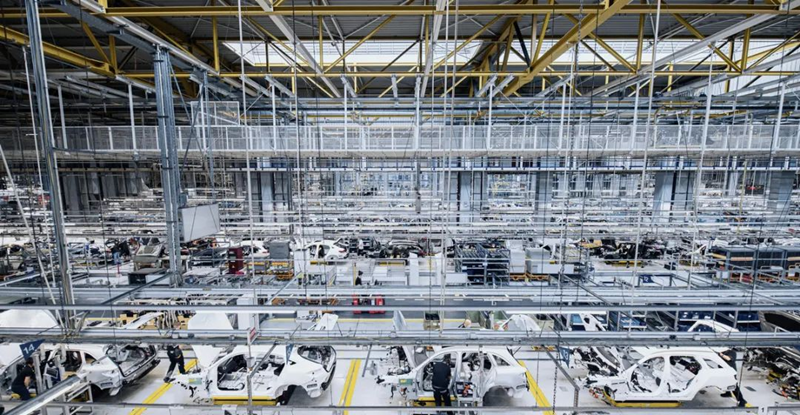
The export of automotive parts has a dual significance.
On the one hand, opening up new overseas markets is beneficial for component companies to expand their business growth and find a second value curve for sustainable development; On the other hand, it is to better cooperate with domestic car companies to go global, utilize the advantages of the global supply chain, reduce production costs, meet customer needs, and improve procurement reliability.
01 Go out and search for the 'second curve'
Shipping components overseas is a blue ocean.
According to data from PwC, China's automobile parts exports have continued to grow over the past decade, reaching $81.1 billion in 2022, a year-on-year increase of 7.3%, and $87.6 billion in 2023, a year-on-year increase of 9%.
In earlier years, component giants represented by Fuyao Glass and Minsheng Group set the banner for the domestic camp to enter overseas markets.
Nowadays, Chinese companies are leading in various sub sectors of component manufacturers, with a solid domestic foundation and gradual progress in overseas and internationalization, undertaking a large amount of overseas business and core supporting facilities.

Data shows that key components and spare parts are currently the main force in component exports. From a regional perspective, the United States remains the largest exporter of Chinese components, while Asia and Europe are currently the most important export markets.
At present, there are two main ways for Chinese automotive parts companies to go global: one is to build factories overseas, and the other is through overseas mergers and acquisitions. Compared to the latter, overseas factory construction has a longer investment cycle, but the investment process and risks are more controllable and flexible.
Several industry experts have told Auto News/C-Dimension that Thailand is one of the most promising destinations for overseas travel in recent years. Thailand is the largest automobile manufacturing country in ASEAN, with a well-established automobile manufacturing chain and a leading number of suppliers.
According to previous research institutions, Thailand currently has nearly 700 primary automotive suppliers that can directly supply parts, with a local component procurement rate of up to 98% in the automotive industry. The Thai automotive industry has a deep foundation and friendly investment policies, which are not only crucial for China's automotive industry chain to enter Southeast Asia, but also have special significance for seeking overseas business opportunities for components.
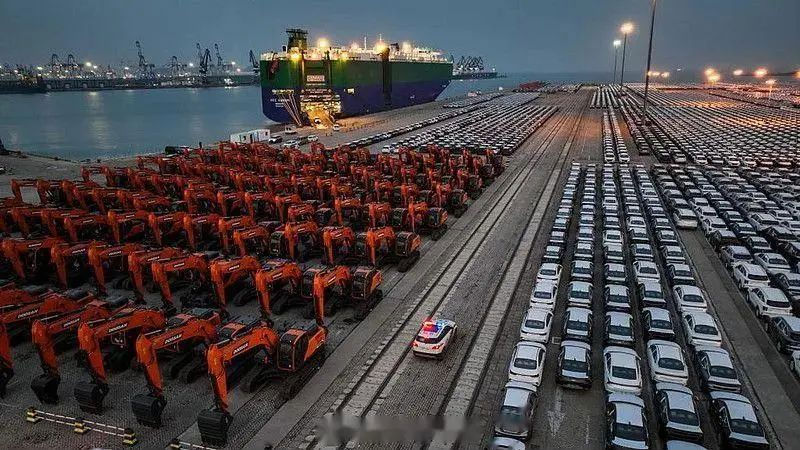
At present, the Southeast Asian electric vehicle ecosystem can be divided into six key value pools, including raw materials and processing; Energy production; Battery production, assembly, and recycling; Automobile manufacturing, retail, and after-sales markets; Charging infrastructure; And charging management software.
Taking batteries as an example, in recent years, Thailand has attracted many battery manufacturers to enter. In addition to the honeycomb technology mentioned earlier, CATL, EVE Energy, Guoxuan High Tech, and Xinwangda all have intentions of layout in Thailand.
Mexico is another country with great potential for going global. According to official data from Mexico, China is the second largest source of imported automotive parts for the country, second only to the United States.
According to Chinese customs data, from 2017 to 2023, China's total exports to Mexico more than doubled, and during the same period, the export value of automotive parts increased from 1.45 billion US dollars to 3.77 billion US dollars.
In recent years, more and more Chinese component companies have gone abroad to Mexico, targeting the track with a large demand gap for components such as lightweight and thermal management. The industry predicts that domestic components will receive concentrated investment in Mexico's newly added production capacity around 2024-2025.

02 Different moats inside and outside the 'system'
The early path for Chinese component suppliers to go global was to follow in the footsteps of automobile manufacturers and provide supporting services for Chinese car companies.
This type of company is mostly a component subsidiary of an automotive company, with less external supply. This is mainly due to the driving force of car companies going global, along with the diffusion effect of parts going global.
Taking Great Wall Motors as an example, the company was one of the first Chinese car manufacturers to enter Thailand, with high visibility on the streets of Thailand.
Jinggong Automobile is a wholly-owned subsidiary of Great Wall Motors, with core businesses including chassis, die-casting, and equipment. As early as 2020, when Great Wall signed a production base acquisition agreement with General Motors, Jingcheng Engineering Automotive Parts (Thailand) Co., Ltd. obtained a business license in Thailand and became one of the first parts companies imported by Great Wall into Thailand.
At the beginning of this year, Honeycomb Energy's Thailand factory officially began production, mainly producing LCTP battery packs equipped with L600 short blade cells to meet the mainstream battery demand for A-class cars in the Thai market,
Nuobo Automotive Systems Co., Ltd. is a wholly-owned subsidiary of Great Wall Motors Co., Ltd., formerly known as Xincheng Automotive Development Co., Ltd. After Great Wall Motors entered Thailand, Nobo also entered the Thai market in 2022, supplying components such as instrument panels and car interiors to Great Wall Motors.
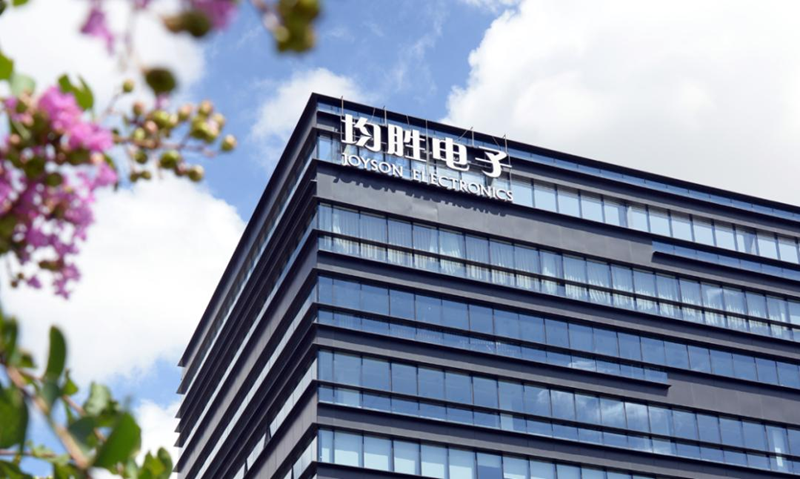
Of course, suppliers outside the system also have many opportunities to go global and have their own moats.
Junsheng Electronics has an early global layout. In the past decade, it has deployed a relatively complete R&D production sales capital closed-loop advantage worldwide. Like Fuyao Glass, it is a typical representative of automotive parts companies' "going global".
At present, Junsheng Electronics mainly has two major businesses: automotive electronics and automotive safety. It has core research centers and production factories in Asia, Europe, and the Americas. Currently, the company's overseas business revenue accounts for nearly 80%.
Shan Jinhui, Global Vice President of Junsheng Safety, once stated in an interview that Chinese domestic car companies are eager to expand their overseas business, but most manufacturers may lack overseas experience, which is the advantage of Junsheng Electronics.
Previously, car manufacturers would outsource some of their business to suppliers within their own system, but if they wanted to go out and set up factories, they had to rely more on us because we had overseas layout advantages. Long ago, Junsheng Electronics foresaw the trend of cars going global and transferred the responsibility of Southeast Asian market management from Japan to China in advance.

It is worth mentioning that those component companies with core competitiveness have taken the lead in completing the process from "Made in China" to "Research and Development in China", which mainly has two levels of significance.
One is to open up new overseas markets for local manufacturing, expand business growth, and find a second value curve for sustainable development; Another factor is that the R&D weight of multinational corporations in China is gradually increasing, and the Chinese region has become the R&D pioneer of international companies, gradually exporting in reverse, affecting more overseas markets.
Sony, Chief Technology Officer of Comau Asia Pacific, told Autocorp/C-Dimension that in overseas markets, Chinese manufacturing not only delivers the production line itself, but also adds overseas services. In the current environment, many companies may not even be able to apply for visas, which is a hurdle that directly affects the delivery of high-quality overseas services
In addition, the export of China's automotive industry chain poses many challenges and is complex to execute, which cannot be achieved overnight.
Just like Japanese companies setting up factories in China back then, when we go abroad, although the industry is very popular, we must spend a lot of cost to cultivate or incubate the trust of overseas markets in Chinese companies in order to avoid exit risks and patent issues
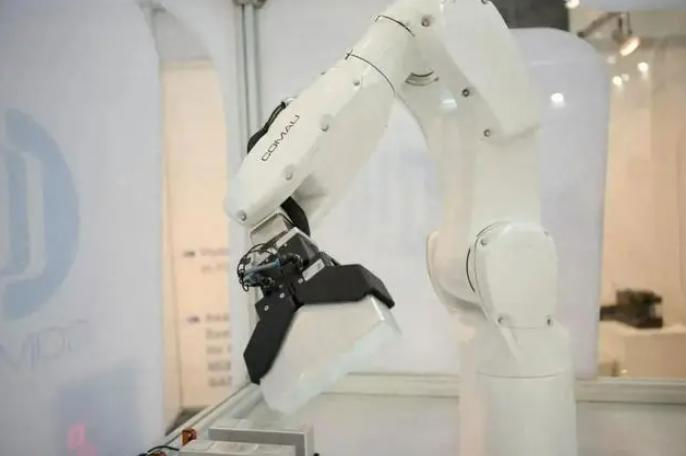
Of course, in terms of technology, Chinese suppliers still have many constraints, and the overall automation industry chain in China is not as complete as in Europe, America, or Japan.
For example, many of our production lines still rely on basic commercial components from Europe. Pneumatic components may require Festo and FMC, and controllers may require Mitsubishi and Siemens. Looking at it the other way around, no matter how good the domestic manufacturing and research and development are, would you be cheaper than companies that purchase overseas brands
The answer is obviously different.
It's not that European suppliers don't have the opportunity to engage in price wars, but rather that European suppliers are not solely focused on price.
This article is from the WeChat official account "C Dimension", written by jackfruit, edited by Wang Yue